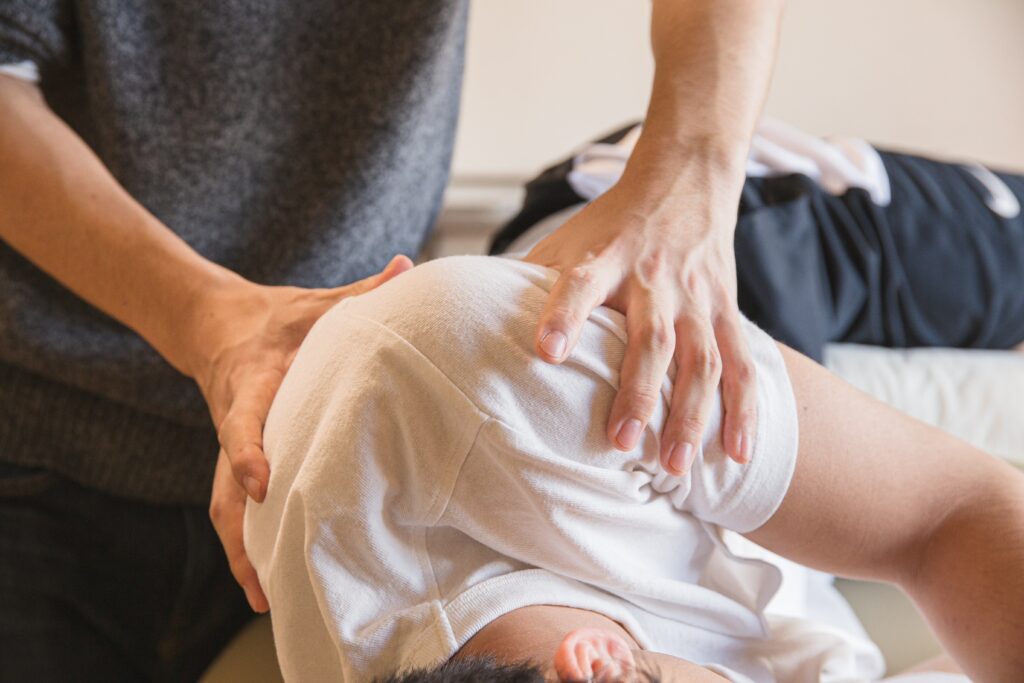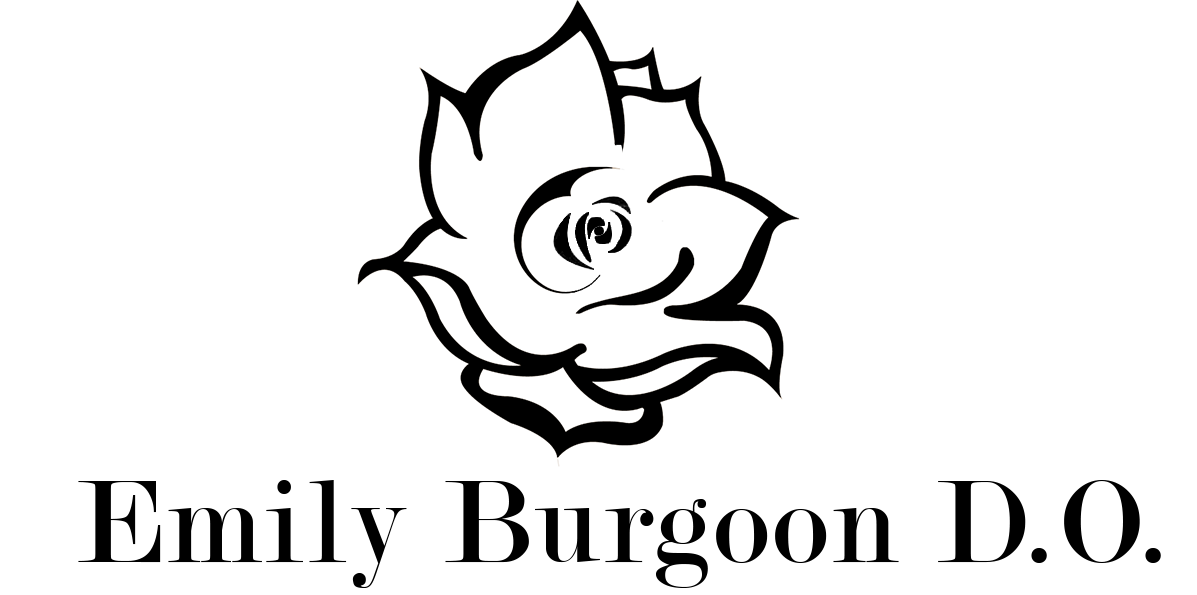Osteopathic Manipulation is a form of manual treatment which works with the body to gently resolve lesions that cause back, neck or joint pain, neurological symptoms, headaches and internal organ dysfunction among many others. Many different osteopathic techniques are utilized, including cranial osteopathy and biodynamic cranial osteopathy, myofascial release, balanced ligamentous tension, artriculatory technique, counterstrain, and visceral manipulation. The founder of Osteopathy, Dr. A.T. Still is famously quoted as saying “the artery rules supreme“. As such, many of the above techniques achieve healing by restoring health circulation to tissues, whether that is directly by releasing restrictions in the anatomy or indirectly by optimizing sympathetic and parasympathetic balance (which regulates blood flow) to a given organ or tissue.

In the sense of the underlying truth of what Osteopathy is, the word manipulation could be misconstrued. This is because our place and role as osteopaths is to listen to the wholeness of the patient on the table on all levels of that individual’s being, and to follow that wholeness toward health. Osteopathy is about an individual’s relationship to Life and to Health. This may or may not include many of the osteopathic techniques listed above. However the distinction is that listening to the patient’s greater wholeness in dynamic relationship to Health is the power behind the treatment, rather than a protocol directed by the practitioner onto the patient.
What is an Osteopath?
Doctors of Osteopathy are fully licensed, residency trained physicians who can pursue training in any specialty in the medical field. Dr. Burgoon’s specialty is Osteopathy and Neuromusculoskeletal Medicine, the title for Doctors of Osteopathy who complete residency training in osteopathic manual treatment and other medical management of neurologic and musculoskeletal disorders. Disorders commonly treated that benefit from osteopathic manual therapy include and are not limited to:
- Headaches
- Back and neck pain
- Joint pain
- Muscle, ligament and tendon disorders
- Neurologic disorders
- Digestive problems
- Asthma and COPD
- Anxiety
- Depression
Management may include a variety of osteopathic manual techniques including cranial osteopathy, myofascial release, counter strain, visceral osteopathy (treating the internal organs) and other types of manipulation of the bones, muscles, connective tissue, peripheral nerves and central nervous system. The individual patient’s body determines the appropriate technique(s) from the list above. The goal of osteopathic treatment is to restore the balance and healing potential in the body as a whole. Other modalities of diagnosis and treatment include imaging studies such as XRay or MRI, laboratory studies, various injection therapies, peptide therapies, physical therapy, exercises, stretches and prescribing medications. Nutritional, environmental and lifestyle interventions may also be appropriate.
Tenets of Osteopathic Medicine:
The human being is a unification of body, mind and spirit.
This human being is capable of self-healing and self-regulation.
Structure and function are reciprocally related, meaning that compromised structure affects function, and compromised function affects structure.
Rational treatment is based upon the above three statements. For example, manual treatment can move both damaged structure and damaged function toward health.
“To find health should be the object of the doctor. Anyone can find disease.”
– Andrew Taylor Still MD, DO, founder of osteopathic medicine
“An Osteopath is taught that Nature is to be trusted to the end.”
– Andrew Taylor Still MD, DO, founder of osteopathic medicine
“Any variation from the Health has a cause, and the cause has a location. It is the business of the osteopath to locate and remove it, doing away with disease and getting health instead.”
-A.T. Still MD, DO, Osteopathy Research and Practice
“God is the Father of Osteopathy, and I am not ashamed to be a
child of His mind.”
–A.T. Still MD, DO, Autobiography
